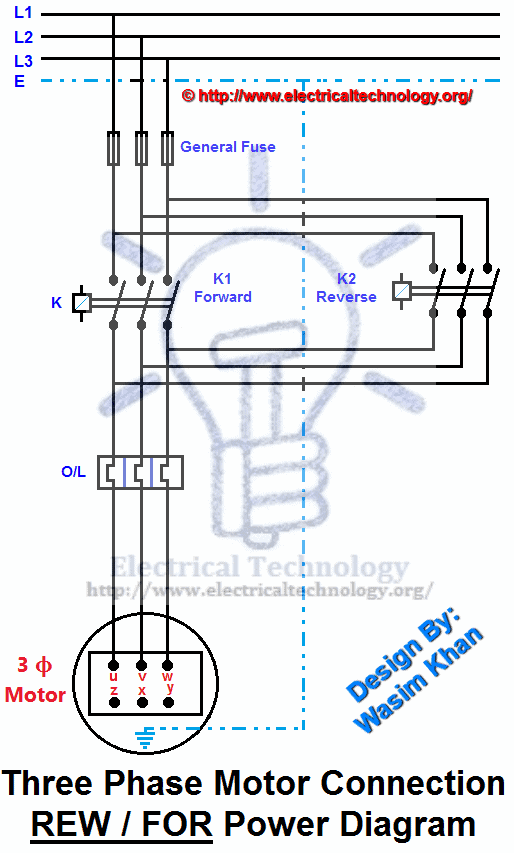



However, simple switch between relay status, such as Relay 1 on Relay 2 off -> Relay 2 on Relay 1 off may cause damage to DC motor, especially when the load is high, since the relay switch is very quick compared to motor mechanical move forward to stop and then move backwards. When, for example, relay 1 activated and relay 2 de-activated, NO1 connected to COM1 and NC2 connected to COM2, battery current flows from positive contact -> NC2 -> COM2 -> DC motor’s lower contact -> DC motor’s upper contact -> COM1 -> NO1 -> battery negative contactĪnd when relay 1 is de-activated and relay 2 is activated, NC1 connected to COM1 and NO2 connected to COM2, battery current flows from positive contact -> NC1 -> COM1 -> DC motor’s upper contact -> DC motor’s lower contact -> COM2 -> NO2 -> battery negative contactĪs you can see, we have switched the polarity connection to DC motor by switching the on-off status of SPDT relays, thus simply can control the garage open or close etc.

The short principle is only one relay activated at one time, no more, no less. The trick involves a DC motor and two SPDT relays – the most common seen one which has three pins marked N/C COM N/O, and the matching circuit to control the two SPDT relays, or you can buy our wireless remote relay SR-RCS-202U, which has integrated two SPDT relays and control mechanism.Īs you can see from above schematic diagram, the connection is very simple, and here is a short description on how to achieve motor forward and reverse using above connection. While some motors have this feature built-in, most of them we seen today doesn’t, so we may need a little trick to achieve the goal. Motor forward and reverse is a very common seen application in our daily life, for example, we can use DC motor to control garage door open and close, gate extract and retract, curtain up and down etc, these all have one thing in common, the DC motor movement in two directions.


 0 kommentar(er)
0 kommentar(er)
